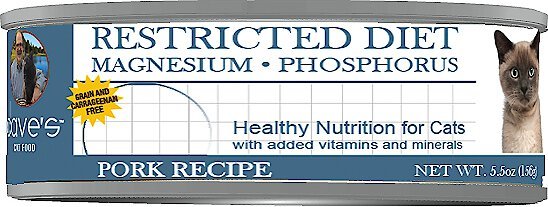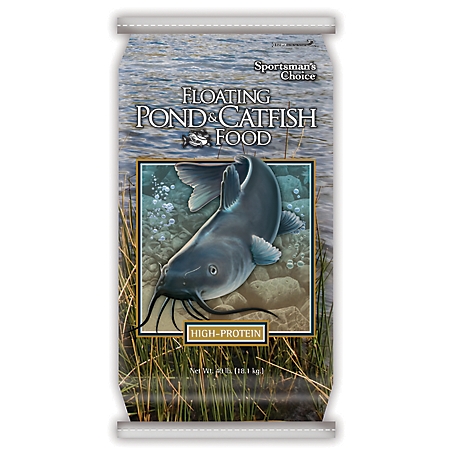Hill’s Science Diet Adult Small Bites Chicken and Barley Recipe Dry Dog Food
-
( 4 Reviews )Rated 5.00 out of 5 based on 4 customer ratings04
- SKU: 1604907
Little dogs can have a big appetite, so treat your small-breed dog to Hill’s Science Diet Adult Small Bites Dry Dog Food. Packed with omega-6s & Vitamin E to give your canine a beautiful skin & coat, this premium adult dog food also provides high-quality protein to help your full grown dog maintain lean muscle. The small kibble is perfect for small and toy breeds, and since adult dogs need a strong gut, natural fibers help promote healthy digestion. This delicious adult dog food made with natural ingredients is specially formulated with decades of cutting-edge research to be a great-tasting meal your adult dog can truly enjoy.
Little dogs can have a big appetite, so treat your small-breed dog to Hill’s Science Diet Adult Small Bites Dry Dog Food. Packed with omega-6s & Vitamin E to give your canine a beautiful skin & coat, this premium adult dog food also provides high-quality protein to help your full grown dog maintain lean muscle. The small kibble is perfect for small and toy breeds, and since adult dogs need a strong gut, natural fibers help promote healthy digestion. This delicious adult dog food made with natural ingredients is specially formulated with decades of cutting-edge research to be a great-tasting meal your adult dog can truly enjoy.
- Delicious dry dog food with easy-to-digest ingredients to fuel the energy needs of adult canines, with a little kibble
- Formulated for small-breed dogs provides omega-6s & vitamin E for healthy skin & coat
- Provides your adult little dog with high-quality protein for maintaining lean muscle
- Promotes healthy digestion for your adult dog with natural fibers
- Made with natural ingredients
- Made in the USA with global ingredients you can trust
- #1 veterinarian recommended
- 100% satisfaction guaranteed
Additional information
| Country of Origin | Made in USA |
|---|---|
| Breed Size | Extra Small, Small, Medium |
| Flavor | Chicken and Barley |
| Health Features | Muscle Health, Digestion Support, Skin & Coat Health |
| Life Stage | Adult |
| Primary Flavor | Chicken, Barley |
| Special Diets | Omega Fatty Acids |
| Manufacturer Part Number | 605515 |










by Tammy
Same as Can Food, She Loves It As Well.
by David
I got the dog food on a $15 off promotional which was a good deal and They had in stock.
by Tom
Dogs love it a lot.
by Brown
This dog food is the only food my dogs will eat and not get sick! And I’m pretty sure they love the flavors they have!